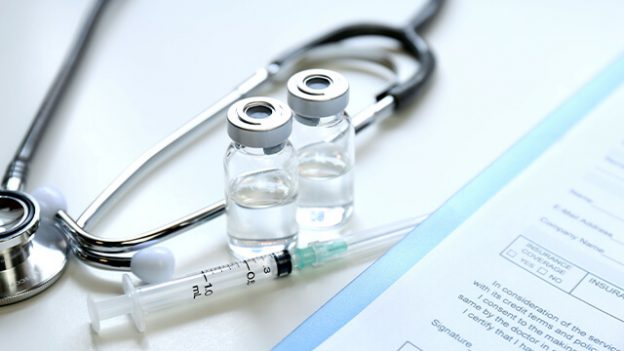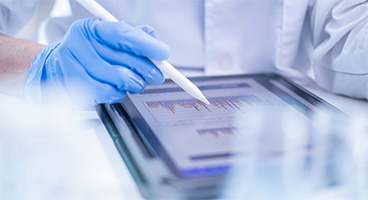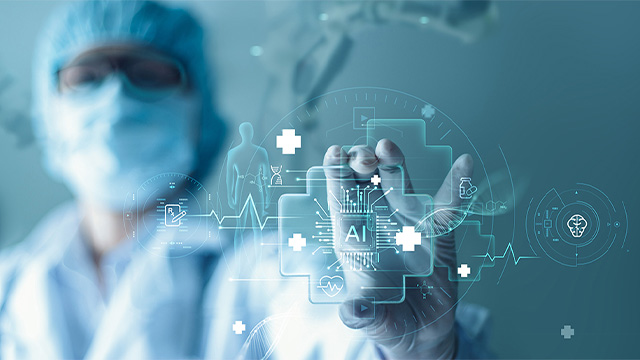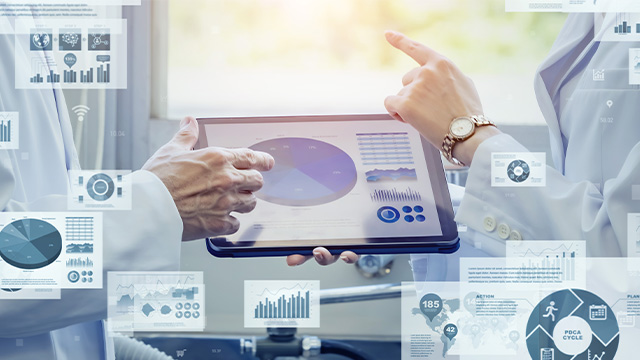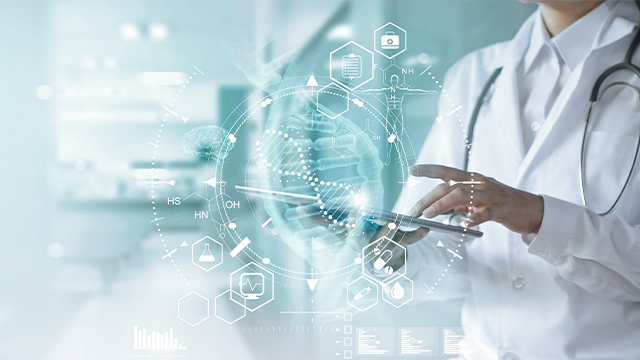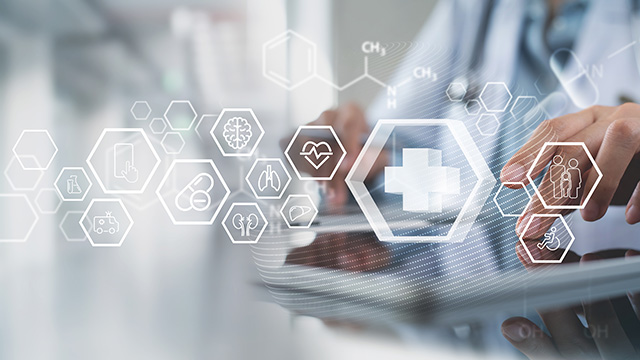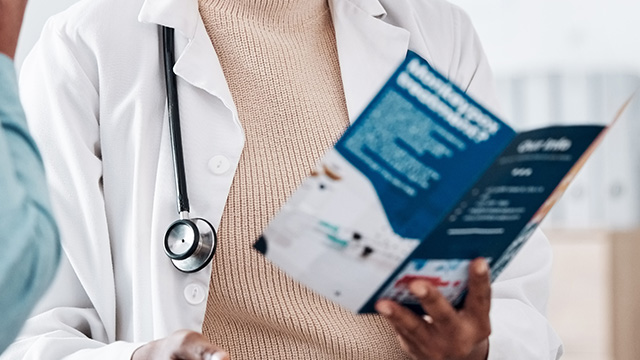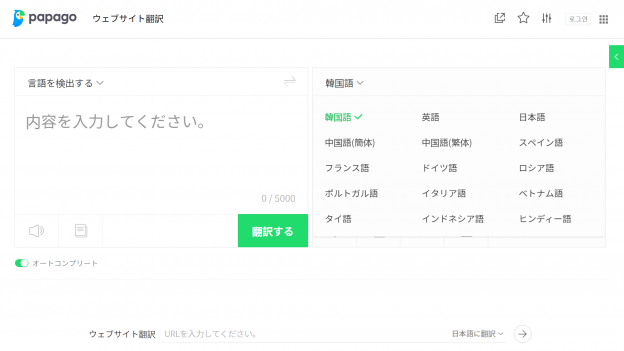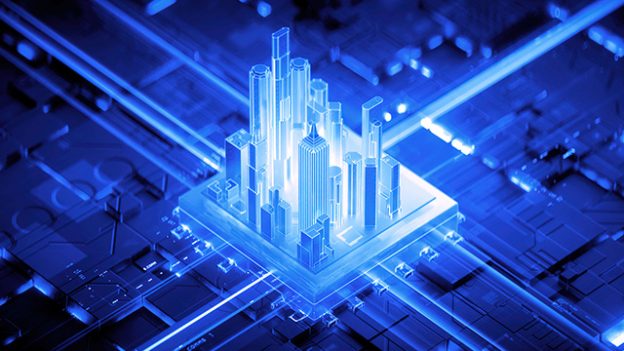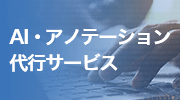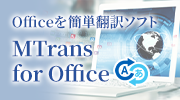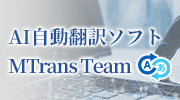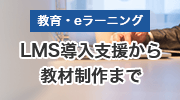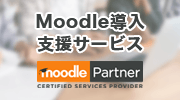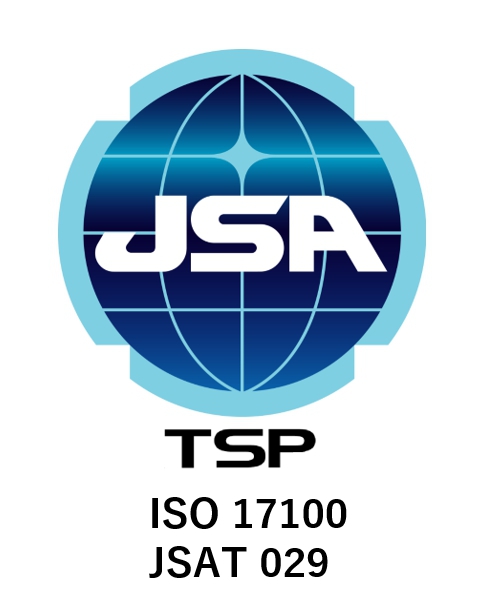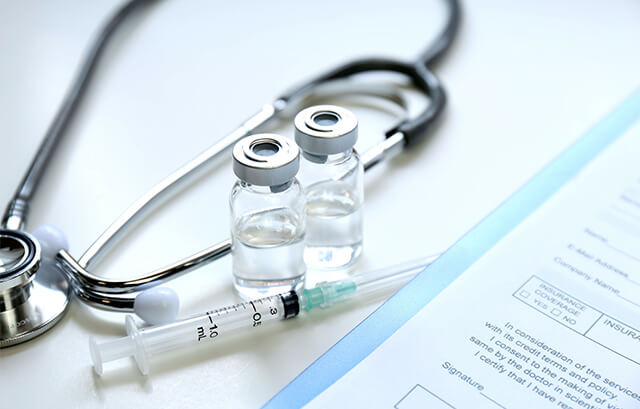
- Table of Contents
-
- 1. What is Regenerative Medicine?
- 1-1. Stem Cells and iPS Cells
- 1-2. Regenerative medicine that does not use patient cells
- 1-3. Regenerative medicine development focuses on cell culture and injection
- 2. Market Trends in Regenerative Medicine
- 3. Situations Requiring Translation in the Process of Regenerative Medicine
- 4. Key Points and Considerations for Translation in Regenerative Medicine
- 5. Leave regenerative medicine translation to Human Science
- 6. Introduction to Human Science Medical Translation Services
This blog provides an overview of regenerative medicine and market trends, and discusses situations where translation related to regenerative medicine is necessary, as well as key points and considerations for translating regenerative medicine.
1. What is Regenerative Medicine?
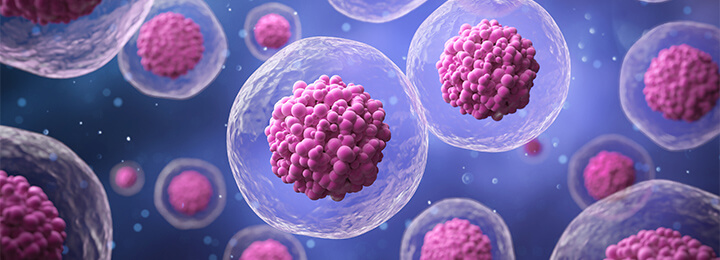
Regenerative medicine refers to medical technologies that maximize the regenerative capabilities of cells in tissues and organs that have suffered functional impairment. Regenerative medicine holds the potential to bring new medical treatments to diseases and injuries that previously had no treatment options.
1-1 Stem Cells and iPS Cells
Let's talk about stem cells and iPS cells, which are often discussed in the context of regenerative medicine, using cardiac muscle cells as an example.
When cardiac muscle cells form a collective, they create cardiac tissue that generates the heartbeat. However, the truth is that these cardiac muscle cells only undergo cell division during the fetal stage and do not divide after birth.
This has significant implications for treatments such as heart failure.
Therefore, when attempting to regenerate cardiac tissue using the patient's own cells, techniques to proliferate mature cells like cardiac muscle cells using "stem cells" created by artificially culturing fertilized eggs or "iPS cells" made by extracting cells from the skin and introducing genes become essential.
1-2. Regenerative medicine that does not use patient cells
In addition, cases where the regeneration of functions impaired by artificial materials, as well as cells, may also be included in regenerative medicine. For example, there are treatment methods that promote regeneration by injecting growth factors that increase periodontal tissue cells into periodontal tissue destroyed by periodontal disease.
1-3. Regenerative medicine development focuses on cell culture and injection
In the development stage of regenerative medicine, it is important to culture the cells created and inject them without damaging the tissue that needs to be regenerated, allowing cell division to occur within the tissue.
However, in the field of technological development for regenerative medicine, obstacles can arise, such as damaging the tissue when injecting mature cells, which can hinder successful regeneration.
Stories about how doctors, pharmaceutical and medical device manufacturers, or manufacturers of precision equipment outside the medical industry collaborate to achieve technological breakthroughs in response to these issues are sometimes featured in the media.
Additionally, there is a wealth of detailed, accurate, and useful medical and technical information on regenerative medicine available on the websites of pharmaceutical manufacturers and medical institutions, as well as in specialized and general books, so those interested may find it beneficial to refer to them.
Below is an example of a medical and technical information site on regenerative medicine.
Understanding Bio: What is Regenerative Medicine? (Chugai Pharmaceutical)
2. Market Trends in Regenerative Medicine
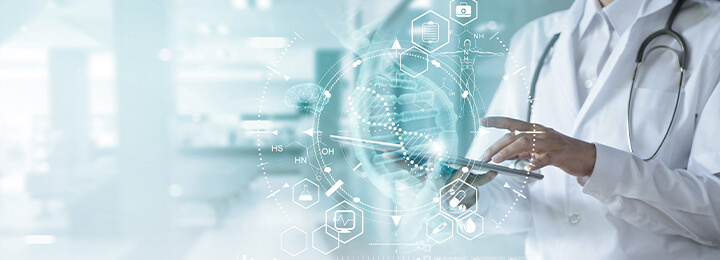
According to information from the Ministry of Economy, Trade and Industry, the future market size of peripheral industries related to regenerative medicine, including devices, consumables, and services, is expected to reach 1.3 trillion yen in the domestic market and 15 trillion yen in the global market by 2050, indicating anticipated growth. The government is also expected to support the practical application of regenerative medicine in the future.
Additionally, businesses related to regenerative medicine include those involved in cell culture, culture media, reagents, culture equipment, and testing instruments.
3. Situations Requiring Translation in the Process of Regenerative Medicine
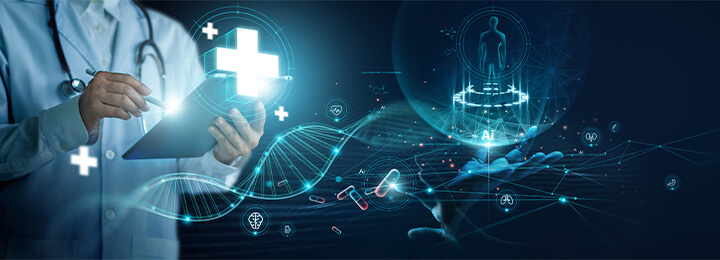
The process of regenerative medicine is not significantly different from that of other pharmaceuticals and medical devices, following a flow from research and development to commercialization and sales.
In this sense, the creation of clinical trial-related documents such as the clinical trial protocol, clinical study report, case report form, informed consent document, and investigational drug brochure is necessary, leading to situations where translation is required.
Similarly, the creation of marketing documents such as package inserts for pharmaceuticals, user manuals for medical devices, catalogs, and white papers is also necessary, resulting in situations where translation is needed.
Additionally, in regenerative medicine, the collection and culture of cells are key points, so documents related to cell supply, detailed procedures for cell characterization, separation, culture, and processing are required, and documents concerning culture media, reagents, cell collection instruments, culture equipment, and testing devices are often involved.
4. Key Points and Considerations for Translation in Regenerative Medicine
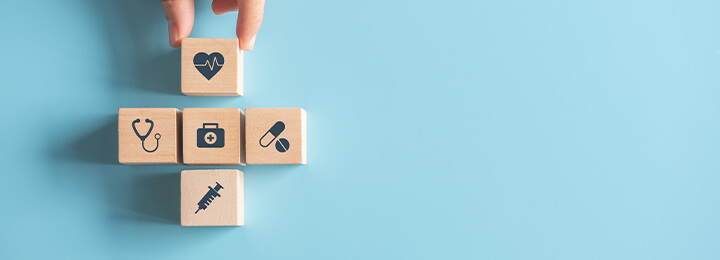
As mentioned above, the basic points of translation for regenerative medicine are not considered to be significantly different.
In other words, when outsourcing translation to an external translation company, it is necessary to choose a company with a proven track record in medical translation, such as pharmaceuticals and medical devices.
Additionally, since regenerative medicine belongs to the fields of "bio" and "life sciences" and deals with cutting-edge technology, it is wise to select a translation company that is well-versed in the fields of bio and life sciences, as well as one that can handle documents related to advanced technologies.
In the translation of pharmaceuticals and medical devices related to regenerative medicine, where it is desirable to conduct development and release as quickly as possible, a large volume of documents must be translated rapidly, and the use of machine translation and translation support tools will be indispensable.
5. Leave regenerative medicine translation to Human Science
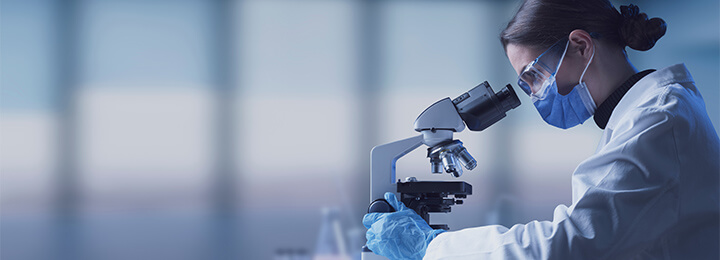
Human Science has a track record of providing translation services for manufacturers of culture products, culture media, cell analysis reagents, and bio-experimental instruments, as well as companies offering services in genome analysis, cell analysis (such as flow cytometry), and proteomics, and manufacturers of genome analysis equipment such as next-generation sequencers.
Related Blog Posts
In addition, Human Science boasts excellent translators in the life sciences field, providing reliable translations by translators with a background in life sciences, such as research achievements in companies, and those who have built a solid track record in bio and life sciences translation based on their strong capabilities in the medical field and thorough research skills.
Related Blog Posts
Introducing books that help improve translation quality by professional medical translators!
We are well-known for improving the efficiency of translation tasks using machine translation and translation support tools, as well as for enhancing the efficiency of translation and related tasks utilizing AI such as ChatGPT.
Extensive experience in medical and healthcare translation, primarily for large global companies
6. Introduction to Human Science Medical Translation Services

At Human Science, we offer human translation services and post-editing services. Utilizing translation assistance (CAT) tools such as Trados and Phrase TMS (formerly Memsource), as well as machine translation tools, we are committed to improving translation efficiency and quality, contributing to our clients' further development.
If you have any concerns or interests, please feel free to contact us.
In addition, we provide information related to medical/healthcare translation, such as the following. We hope you find it useful.
Requirements for Marketing Translation in the Medical Field
Medical Device Market and Medical Device Translation - Focused on Comparison with Pharmaceuticals

